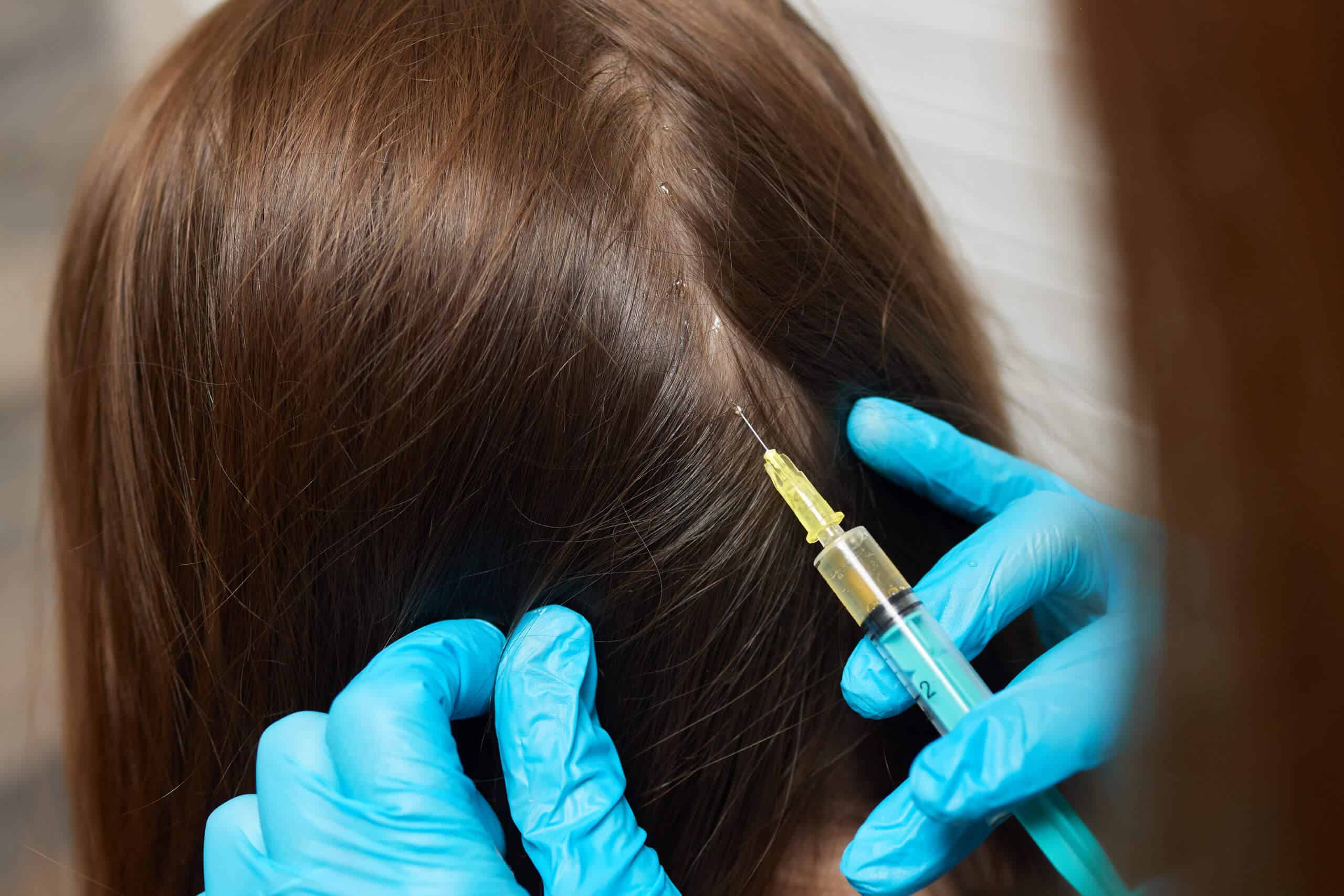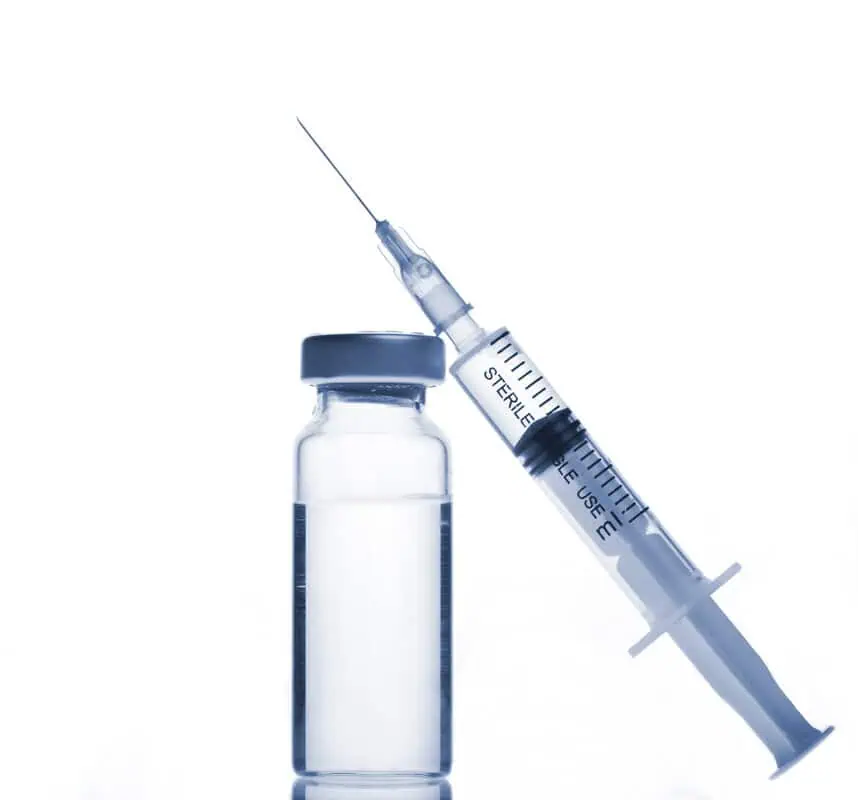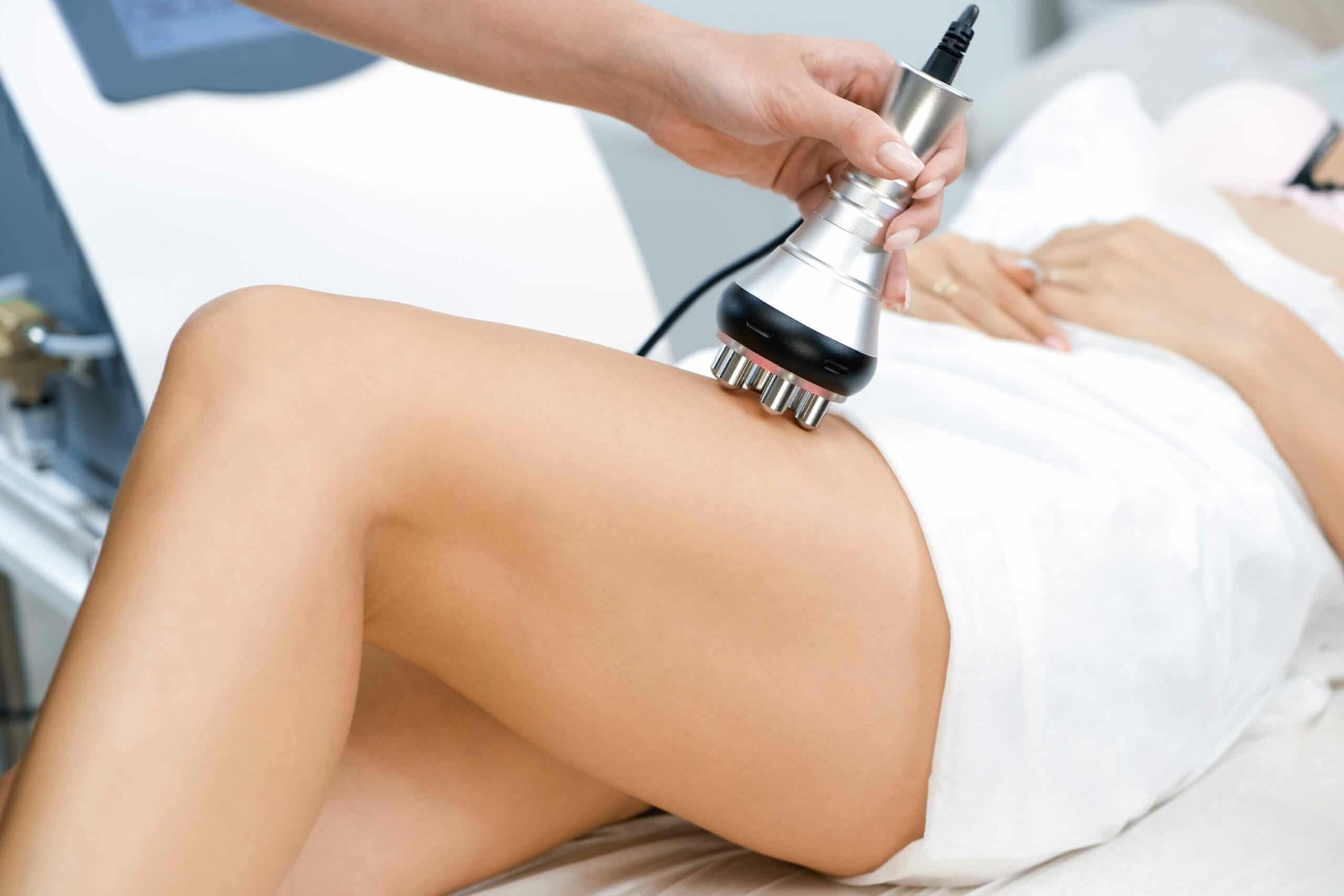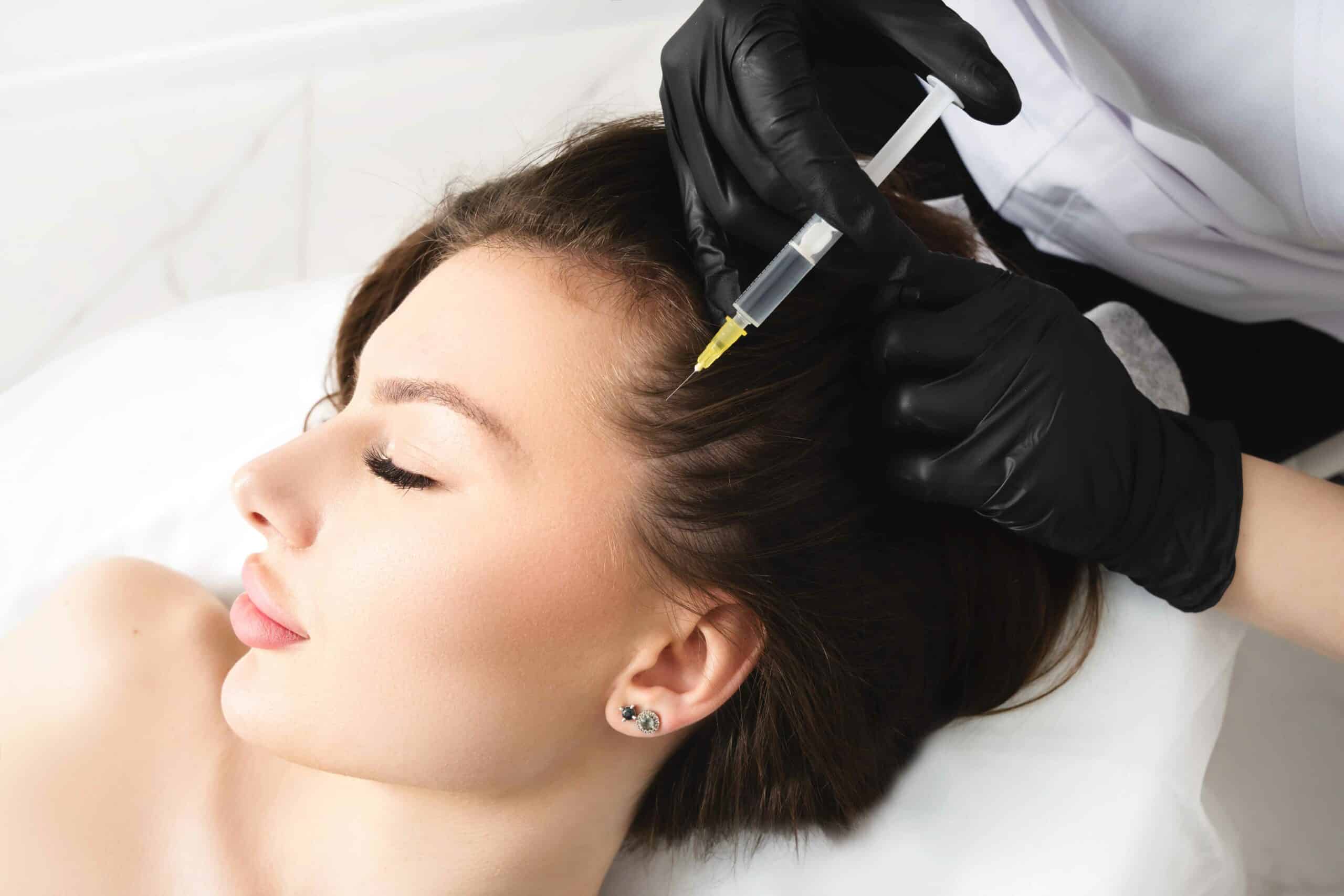

Hair restoration has been an ongoing problem for quite some time now. Men and women alike, young and old, regardless of race, have had and are still having their share of experiences related to hair loss and eventual baldness. No one wants that to happen to them. Insert hair regrowth – hair restoration treatments that help cure the effects of hair loss. Thankfully, today’s technological advancements and innovations have paved the way in healing the dreaded hair loss. Now, we’ll learn more about this condition and six (6) treatments of hair regrowth that can be the solution for all your hair issues like hair loss and baldness.
More commonly known as hair loss, Alopecia can affect either your scalp only or your entire body. In addition, it can also be temporary or permanent when it comes to its effects. Losing hair can result from various reasons: heredity, hormonal changes, medical conditions, or as part of the natural process of aging. We can quickly lose the hair on our heads, but it comes more commonly in men than in women.
Eventually, hair loss leads to baldness. Typically, this hair condition deals with excessive hair loss coming from your scalp. Hereditary hair loss, together with age, can be the most common cause of baldness. Some prefer letting hair loss run its course exposed and not taken seriously. Others try covering it up using trendy hairstyles, colorful makeup, ornate hats, or elegant scarves. Yet still, some choose one of the six (6) treatments available to help restore hair regrowth or prevent further hair loss.
Nevertheless, before pursuing one or more hair restoration treatments, it’s essential to talk with your doctor or healthcare provider about what causes your hair loss and what treatment options are available for you.
Before making any diagnosis for hair restoration, doctors or healthcare providers will likely ask you to undergo a physical exam, asking about your medical and family history, diet, and hair care routine. A couple of tests might be administered, including the following:
When you want to act about thinning hair through hair restoration treatments, the first thing to do is talk to an expert such as a dermatologist or trichologist. They can help figure out what causes your hair loss and suggest hair restoration treatments that might be perfect for you. Here are some options you can check out:
1. Finasteride – also known as Propecia, this prescription pill goes into the mouth. You may have this medication for months before seeing results. However, you’ll lose new hair if you stop taking it.
2. Hair Transplant – this surgery gives lasting results. Surgeons remove individual hairs or skin strips with hairs from parts of your scalp, transplanting them into thinning or balding areas. This surgery for hair restoration typically lasts for about four (4) to eight (8) hours. Talk to a dermatologist and find out if this procedure is the best for you.
3. Low-level Laser Therapy – this scalp and hair restoration treatment may aid the following conditions:
Note: You might need to have low-level laser therapy a few times a week for the next months before noticing more hair restoration.
4. Microneedling – is a device using hundreds of tiny needles that you use on your scalp that may help hair restoration, according to the American Academy of Dermatology. You can purchase one of these devices without having prescriptions but talk to a dermatologist first. The site says research recommends that this hair restoration possibly works better if you use it and another hair loss treatment. Dermatologists can let you know if it’s safe for you, and they can recommend a particular microneedling device.
5. Minoxidil – also known as Rogaine, this hair restoration medication is a foam or a liquid placed on your scalp. Buy it over the counter even without a prescription, and use it for several months before hair thickening starts. If your hair does regrow, you’ll lose it again if you stop taking this medication.
6. Platelet-rich Plasma – dermatologists take a bit of blood for you and place it in a machine that separates the plasma. Then they inject this plasma into areas of your scalp where you’re losing hair. According to the American Academy of Dermatology, this entire hair restoration treatment takes about ten (10) minutes. Most people undergo treatments once a month for the next three (3) months, with an additional follow-up treatment every three (3) to six (6) months.
When you want hair restoration to happen – don’t wait. The sooner you act against your hair loss symptoms, the more likely that hair regrowth treatments could help your hair regrow back to normal. Talk to a medical professional today to start your journey towards a fuller head of hair.
Prepare for your appointment and be likely to bring first your hair restoration concerns to your doctor or healthcare provider’s attention. They may suggest you to a doctor specializing in treating skin problems or a dermatologist.
Hair restoration and regrowth can help you if you’re experiencing hair loss and eventual baldness problems. If the hair loss is stress-related, hair follicles in your scalp haven’t been permanently damaged. Try managing your stress, and taking good care of your health may help restore your hair to its regular growth rate. On the other hand, if OTC medication measures won’t work or you don’t see noticeable results — seek your doctor or healthcare provider for further assistance. They can aid in diagnosing the cause of your hair loss and advise the following steps to follow if any. If hair restoration is possible, they can help determine the perfect treatment plan to battle your symptoms.
Do you think you need hair restoration is the best route for your hair issues? Our fabulous friends at Pam Chaney Aesthetics can help you have your hair regrowth journey today. Visit them now! https://pamchaneyaesthetics.com/




